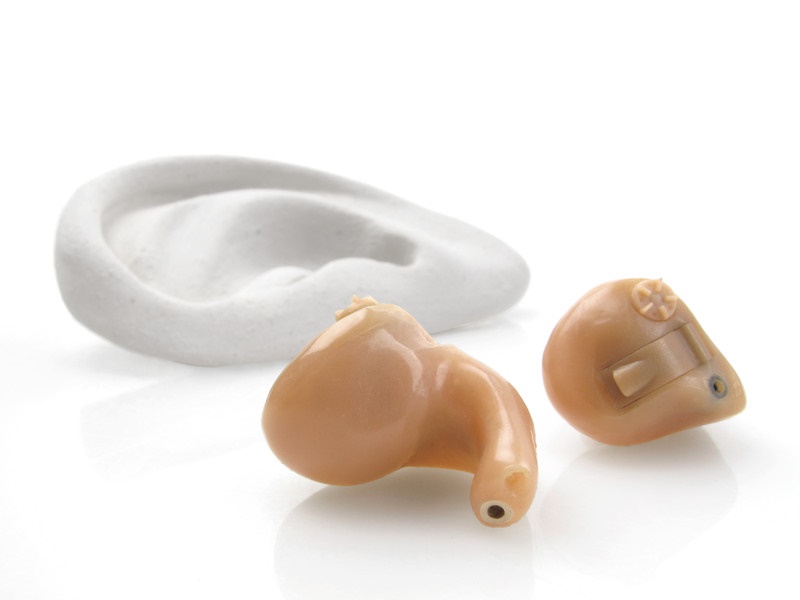
Are two hearing aids better than one?
If you’re searching for the short answer, then yes, almost all cases of hearing loss are ideally managed with two hearing aids.
If you want to learn why, or are curious about exactly why we have two ears to begin with, then continue reading.
The Benefits of Stereoscopic Vision
Let’s begin with eyesight.
When we look at an image, each eye receives a slightly different copy of that image. Our brains then analyze the differences between the two versions to attain the perception of depth. This additional dimension of depth—in combination with height and width—helps us to experience the world in three dimensions.
If we had only one eye, our capacity to perceive depth and distance would be substantially compromised.
The Advantages of Binaural Hearing (Hearing with Two Ears)
The same phenomenon pertains to our ears and our hearing. Although we may not think about it, when we hear a sound, we can typically judge both its distance and its location, in addition to its volume.
Each ear receives a slightly different copy of each sound, and those variations are translated by the brain in a way that reveals location and distance. This allows us to hear in three dimensions, so that we recognize how far away and which direction sound is coming from.
Along with being able to assess depth, distance, and location, having two ears also improves the quality of sound and enhances the range of sounds you can hear.
To check the principle of sound quality, the next time you’re listening to music in a vehicle, shut off both left speakers and notice how unnatural it sounds.
The Advantages of Two Hearing Aids
If our eye doctor tells us that we have vision loss in both eyes, we don’t honestly think about the merits of getting fitted with one lens.
So when our hearing specialist informs us that we have hearing loss in both ears, why do we need to be persuaded to get fitted with two hearing aids?
As we’ve seen, our ears collaborate so that our brains can best interpret the distance, location, volume, quality, and range of sound.
With the capacity to pinpoint the exact location of sound from using two hearing aids, you’ll be able to:
- focus on speech during a conversation even with heavy background noise.
- identify distinct voices among many.
- extend the range of sounds heard by up to four times.
- hear sounds without straining, which is less exhausting.
- listen to sounds without the unnatural sensation of monaural hearing (hearing with one ear).
- Avoid the deterioration of hearing in the non-fitted ear.
That final point is significant. If you have hearing loss in both ears but wear only one hearing aid, your hearing in the non-fitted ear can become worse as time passes. This will quickly limit your ability to enjoy all of the benefits just described.
If you believe that you have hearing loss, the initial step is to schedule a hearing examination with a qualified hearing professional. Shortly after your hearing is tested, your hearing specialist will share the results with you in a chart known as an audiogram.
The audiogram will reveal to you if you have hearing loss in one or both ears, but the majority of cases of hearing loss are in both ears.
If this is the case, your hearing specialist will likely highly recommend binaural hearing aids for both ears, and you’ll be given the opportunity to trial them before you buy—which is a great chance to assess for yourself the difference two hearing aids will make.
